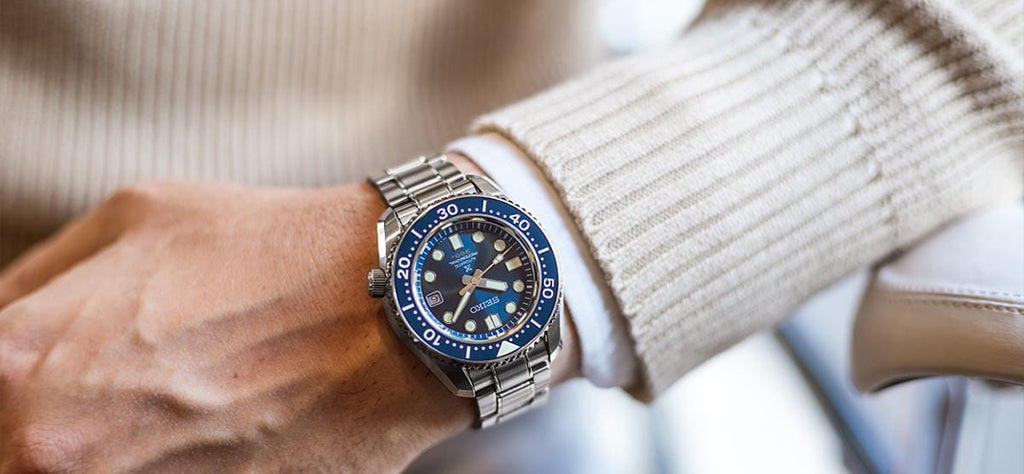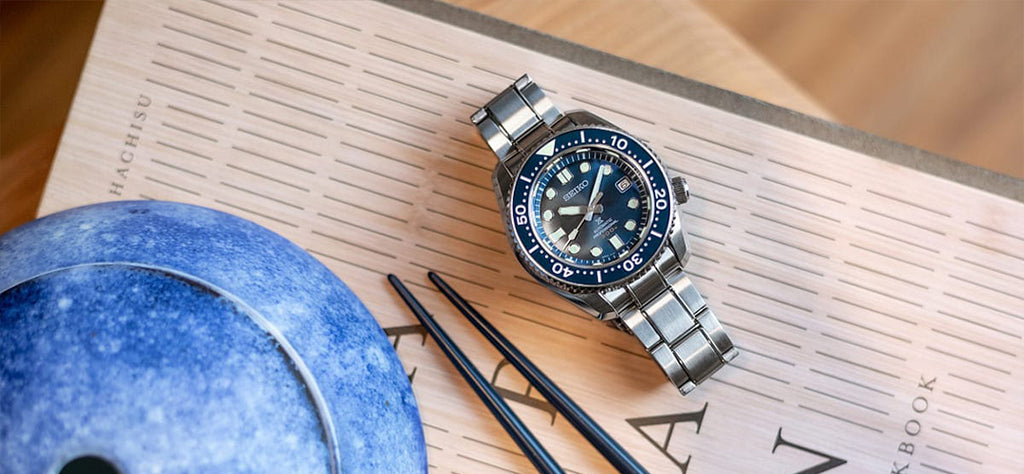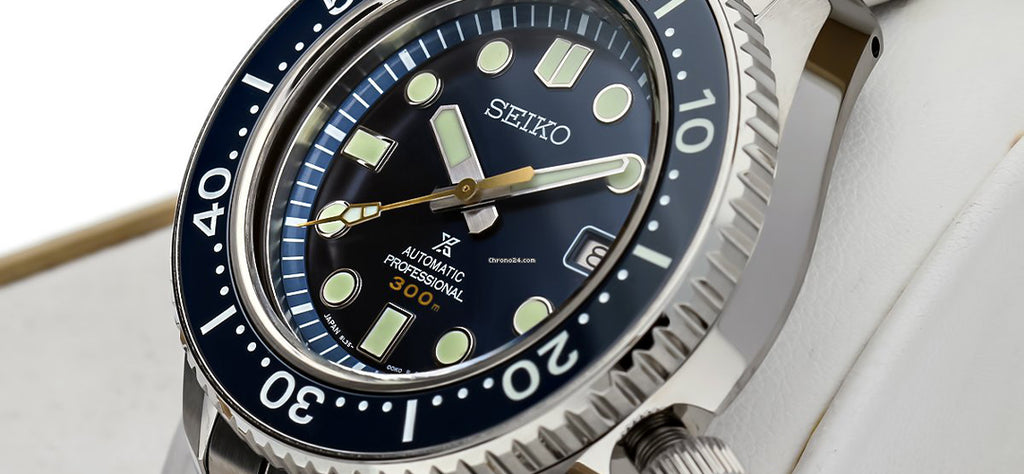Seiko Prospex Marinemaster Diver Blue SLA023J1 - Watch Review

The Seiko Marinemaster 300 was my, and undoubtedly many others’ first introduction, to the really expensive Seiko Diver. Granted they do have the Springdrive powered LX models now, but back in the day, the Marinemaster 300 was certainly among one of, if not the most expensive non-limited Seiko diver in the market, aside from the very pretty and very limited 62MAS reissues and the Emperor Tuna.

The Marinemaster 300 (MM300) is, as is often the case with most of Seiko’s offerings, a fantastically executed and well-built diver that isn’t just a tool watch. Coming in at just over $4,000, its certainly not the price you’d expect to pay for a Japanese watch; its price comes in dangerously close to the Tudor Black Bay, one of the best divers you can get for under $5,000. And though on the surface, it might seem like a no brainer to go straight for the Black Bay, but there’s a lot more to the Seiko that meets the eye. In fact, much like the Black Bay, it’s powered by a high-performance in-house movement (which we will be taking a look at later on), and is assembled by state-of-the-art machines and finished with the most skilled hands in Japan to a level that is as close to perfect as one can get. Now, without further ado, let’s take a look at the very impressive and very blue Seiko Prospex Marinemaster Diver MM300 SLA023J1.
SEIKO PROSPEX SLA023J1 MEN'S WATCH

Seiko first introduced the Marinemaster name to its collection as a series of high-end luxury divers with immaculate finishing, high spec movements, and the performance to match its predominantly Swiss rivals: the aforementioned Black Bay.
Though the Marinemaster name isn’t officially used in Seiko’s catalogues anymore, it still hasn’t stopped fans from using this moniker to identify some of Seiko’s releases which is now the SLA023J1; a very clear and obvious update on the SBDX017 MM300. The Marinemaster 300 SLA023J1 is a commemorative release to the first Marinemaster from 1968, Seiko’s reference 6159. It is powered by Seiko’s Caliber 8L35B, beating at a stable 28,800VPH (4Hz). The movement is an update over the 8L35, with significant improvements which involve the use of MEMs technology; allowing for greater tolerances within the movement to allow for better timekeeping and less wear over time. The 8L35B is essentially an undecorated version of the Grand Seiko's 9S55 caliber, with 26 jewels, 50 hours of power reserve, and accuracy of -10 to +15 seconds per day. It’s a proper demonstration of the company’s impressive watchmaking prowess.

In fact, it’s not just the movement that comes from Grand Seiko’s factory, but the watch as a whole. Though it’s a shame that the fantastic movement is hidden behind the ‘caseback’, there is still plenty to admire on the surface too. The watch is finished with Seiko’s incredible Zaratsu polishing, where every polished edge and facet is in a stunning mirror finish. Pair that finishing with Seiko’s added DLC coating and it’ll keep your MM300 looking very pretty for a very long time. Oh, and speaking of the case, there isn’t an actual case back on the watch as we’re used to. It comes with a 44.3mm mono-bloc case, which ensures water resistance without the need for a helium escape valve though it means that everything has to go in and out from the crystal/front.

A sapphire crystal with a dual-sided anti-reflective coating protects the proud blue dial and it features the iconic and ever recognizable knurled crown at 4 o'clock. The bracelet is well executed too, featuring an oyster style design and a folding clasp with a nicely designed slide-lock adjuster within the clasp for when you need a bit more space to fit it over your wet suit. Or, more realistically, if your wrist needs a bit more space to breathe on a really hot day.

The Verdict
The Marinemaster 300 SLA023J1 may be an expensive watch, and its price doesn’t erase the fact that it may be ‘still just a Seiko’, but it more than makes up for it with an immaculate finish (thanks to the mirror-like Zaratsu polish on the case), an impeccable movement (The inhouse 8L35B) and of course a level of attention to detail and performance that easily out specs practically anything within its price bracket. What this means is that now, the decision to go for that Tudor Black Bay or that MM300 is much less obvious, and that might not be such a bad thing after all.








